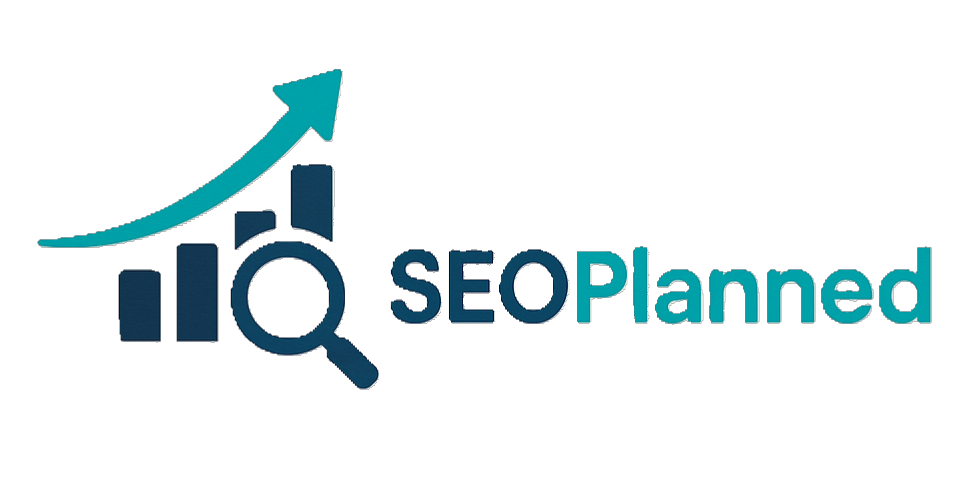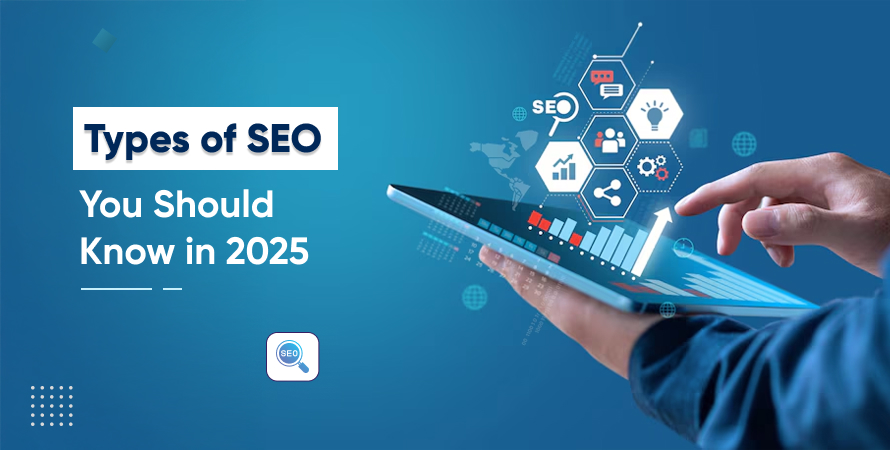1. What is Landing Page SEO?
The goal of landing page SEO is to make a certain page on your website (usually the homepage, product page, or a targeted page) more appealing to visitors and more likely to convert. It’s important that your landing page loads quickly, contains useful content, and is optimized for the proper keywords because it’s usually the first thing a visitor sees when they visit your site.
It is very important for landing page SEO to make sure that the page has high-quality content, targeted keywords, and a clear call-to-action (CTA). Many companies utilize one-page SEO services to make sure that their landing pages are adequately optimized for both search engines and users. To rank effectively, your page must be mobile-friendly, load quickly, and have strong on-page SEO features like correct headings and internal links.
Strategy:
Optimizing a product landing page for certain keywords and making sure it works well on mobile devices can greatly increase conversion rates for an online store.
Things that are often done:
- Making sure that meta tags, title tags, and headings are as good as they can be.
- Writing interesting and useful stuff.
- Making the page load faster and work better on mobile devices.
2. What is Off-Page SEO?
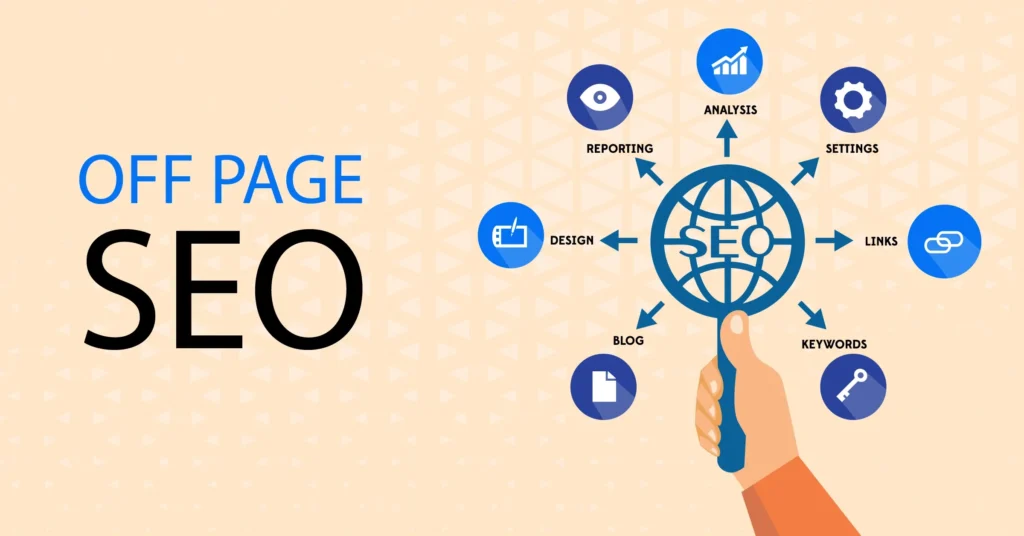
Off-page SEO is a types of SEO that works when you perform things outside of your website to have it rank higher. Building backlinks, marketing on social media, and reaching out to influencers are some of these. A good off-page SEO approach makes search engines think your website is an authority and gives it more credibility. It also helps keep your site safe from negative SEO by making sure it has a healthy backlink profile and isn’t hurt by spammy or harmful links.
One of the most important parts of off-page SEO is building links. You have a better chance of ranking well in search engines if you have more quality backlinks from trusted sites.
Strategy:
To make your website more trustworthy, an off-page SEO strategy can include guest posting, working with influencers, and getting backlinks from well-known websites in your field.
Some things you do often are:
- Getting good backlinks.
- Marketing on social media.
- Getting to know influencers and talking to them.
3. What is Technical SEO?
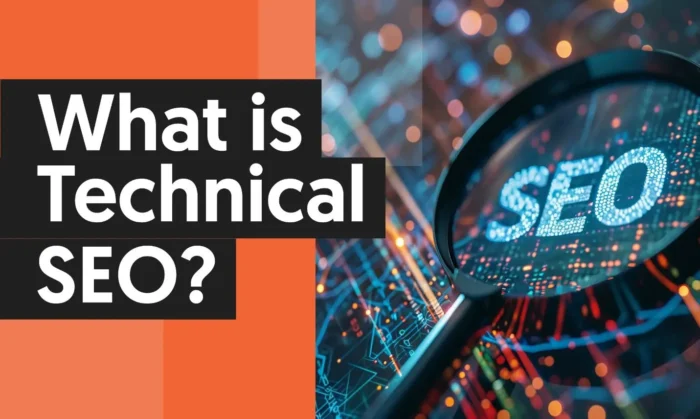
Technical SEO services work on the parts of your website that search engines use to crawl and index your content more quickly. This involves enhancing the structure of your website, making it faster, making sure it works well on mobile devices, and leveraging structured data.
A website that is technically sound has a quick loading speed, correct internal linking, a clear URL structure, and an SSL certificate. These things make it easier for search engines to crawl and index your site.
Plan:
A technical SEO plan can include checking for broken links on a regular basis, making sure the website loads quickly, and using structured data to improve rich snippets in search results.
Things to Do:
- Making the page load faster.
- Using organized data.
- Fixing broken links and crawl mistakes.
4. Local SEO
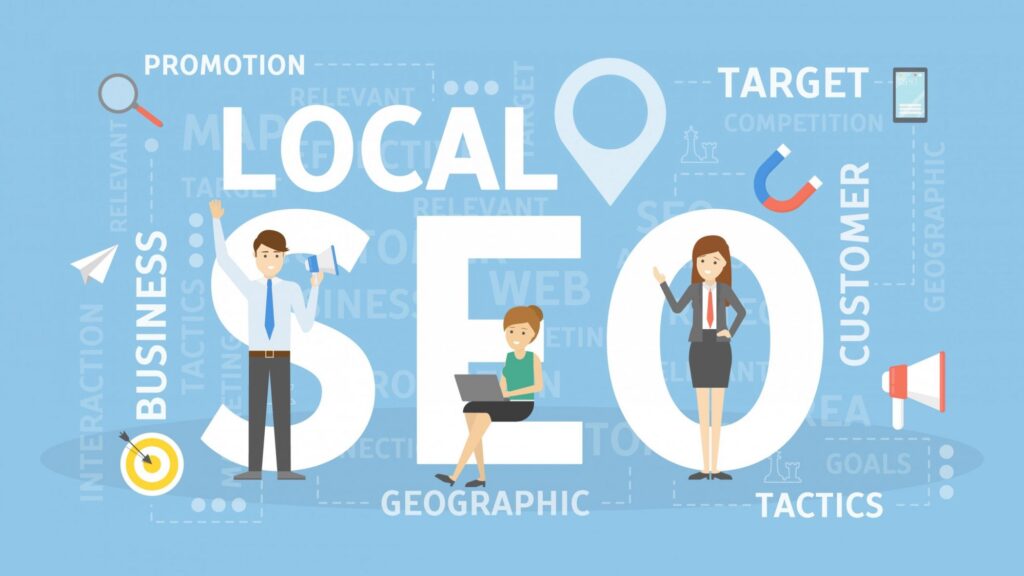
What does “local SEO” mean?
Local SEO is the process of making your website better so that it shows up in local search results. This is very crucial for firms who have stores or serve certain areas. Local SEO helps your business show up in search results when customers look for goods or services that are close to them.
Claiming and optimizing your Google My Business listing, making sure that your NAP (Name, Address, Phone) information is the same across all local directories, and getting local reviews are all important parts of local SEO. These steps make it clear to search engines that your business is important to a certain area.
A local business, like a café, can improve its local SEO by claiming its Google My Business profile, using keywords that are specific to the area on its website, and getting people to leave reviews.
Things that are often done:
- Improving your Google My Business profile.
- Making local citations.
- Getting ratings and reviews from people in your area.
5. What is E-commerce SEO?
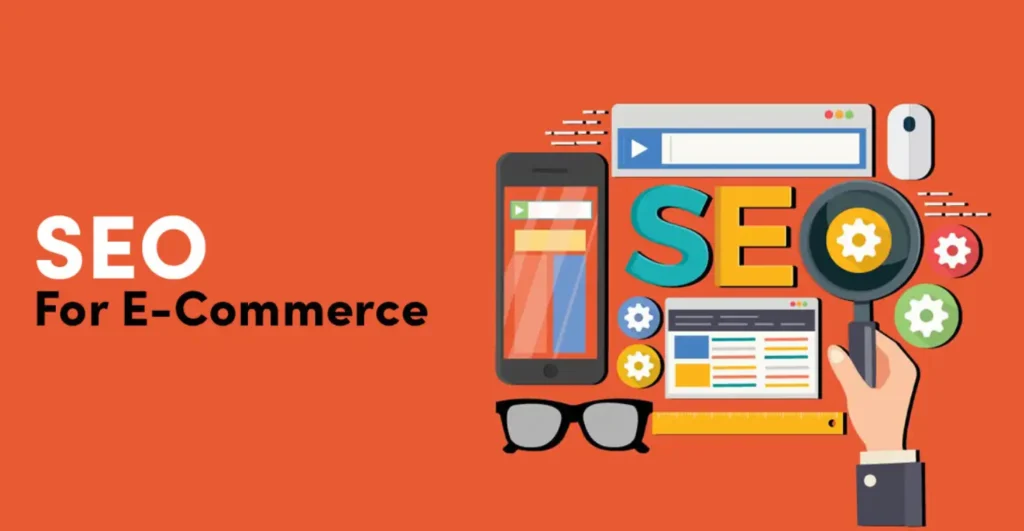
E-commerce SEO is the practice of making an online store easier to find in search engines. E-commerce sites usually have thousands of product pages, therefore it’s important to optimize each one for certain product-related keywords to get more people to visit.
Online shopping SEO is the process of improving the structure of a website and its product and category pages. Writing distinctive product descriptions, using the right product images with optimized alt text, and making the checkout process better to cut down on cart abandonment are some of the most important things to do.
Strategy:
An online store can improve its SEO by making sure that each product page is optimized for long-tail keywords and that the user experience is better to increase conversions.
Things to Do:
- Making product titles and descriptions better.
- Using good photographs with the right alt text.
- Making the checkout procedure better so that people don’t leave their carts.
6. What is Mobile SEO?
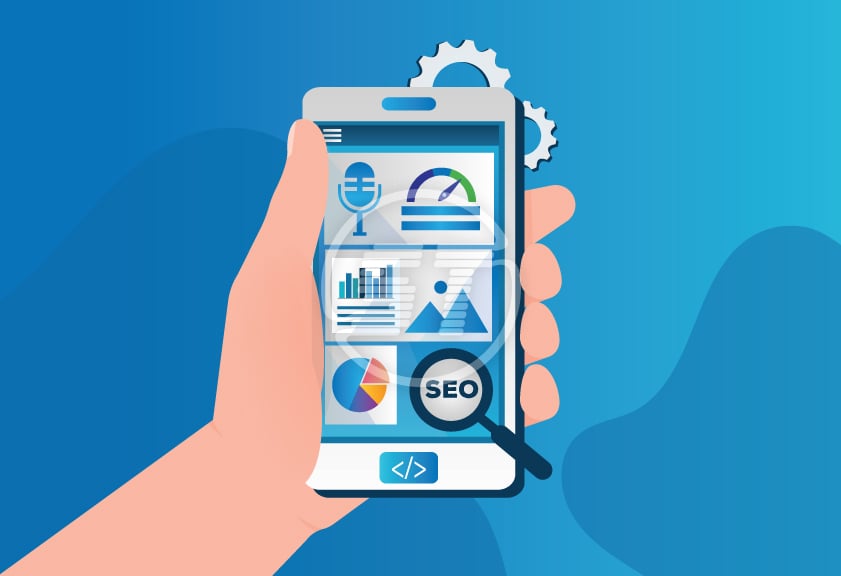
The goal of mobile SEO is to make a website work better on mobile devices. It’s really important to have a website that works well on mobile devices because more and more people are using their phones and tablets to browse the web. Google also uses mobile-first indexing, which means it ranks websites based on their mobile versions.
A site that is optimized for mobile should load quickly, be easy to use, and include information that looks good on smaller displays. Your website’s mobile SEO will get better if it passes mobile usability tests and works well on numerous devices.
Strategy:
A mobile SEO strategy can include employing responsive web design concepts, speeding up the site for mobile visitors, and getting rid of annoying pop-ups that get in the way of the user experience.
Things that are often done:
- Making sure it works on mobile devices.
- Making graphics and content work better on mobile devices.
- Testing how easy it is to use on mobile and correcting problems.
7. What is International SEO?
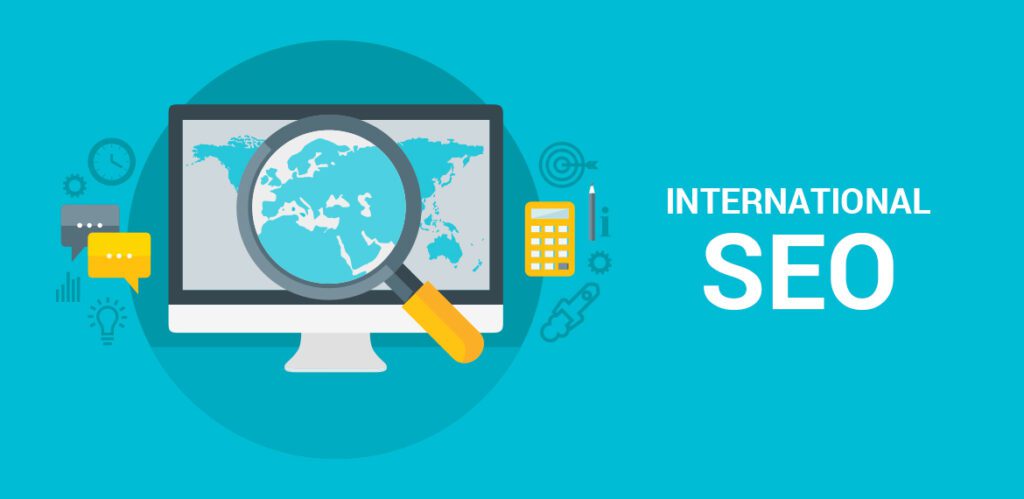
International SEO services help websites get visitors from all over the world and in many different languages. This is really important for firms who work in more than one country and want to show up in local searches in different areas.
Using hreflang tags to notify search engines which version of a page to show readers in different countries is one of the most important parts of international SEO. Also, it’s very important to comprehend and adapt information to cultural and language variances.
A global firm that offers services in many nations should utilize hreflang tags to tell search engines which sites to show users in different areas. It should also offer localized content in multiple languages.
Things that people do a lot:
- Using “hreflang” tags to point to different versions of pages for different regions.
- Making website material available in several languages and for different countries.
- Looking at search data to figure out the best local methods.
8. What is Image SEO?
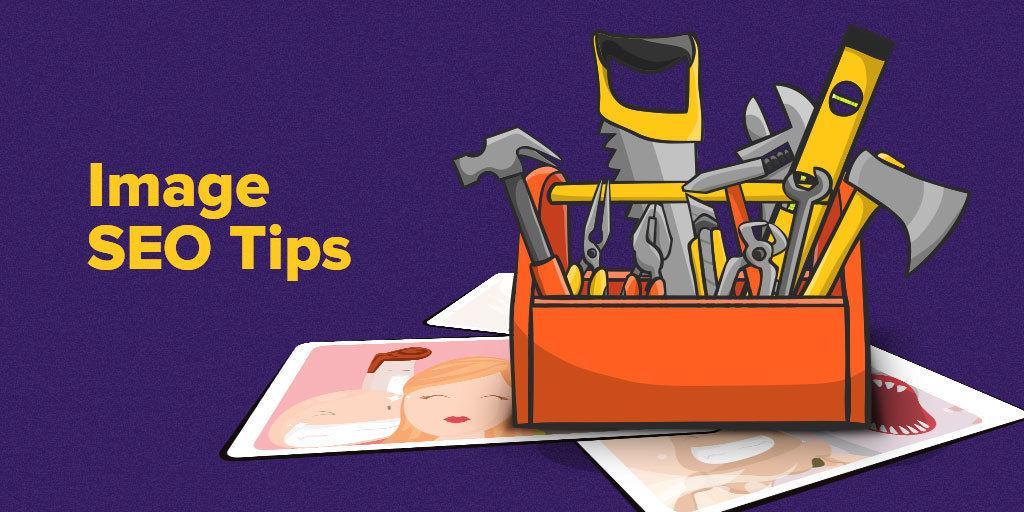
Image SEO means making the pictures on your website easier for search engines to crawl and index. Optimizing photos not only speeds up the loading of your website, but it also makes it more likely that your images will show up in image search results.
To make sure that search engines can find your photographs, you need to give them the right file names, alt text, and compress them to make them smaller. These things not only help with SEO and the user experience, but they also make the site easier to get to and faster for visitors.
If your website has a lot of pictures (like an online store with a lot of different items), it’s preferable to employ compression methods and resize the pictures so that the page doesn’t take too long to load.
Common tasks:
- Using alt text to explain pictures.
- Reducing load time by compressing photos.
- Using the right picture formats, like WebP for high quality and small file size
